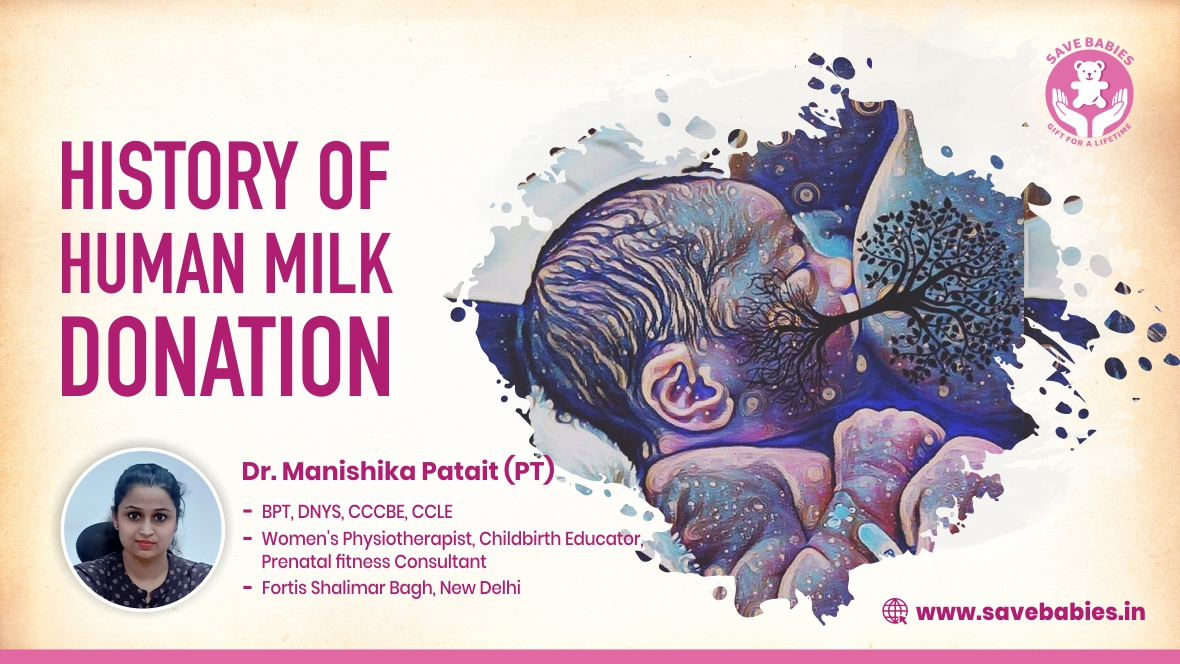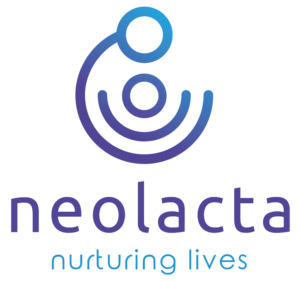Breast milk bank has been an integral part of the healthcare system for several decades. It is a process of collecting, processing, and storing human breast milk for infants who cannot receive their mother’s milk due to various reasons. The primary objective of milk banking is to ensure that premature and sick infants receive the necessary nutrients and antibodies that are present in breast milk. In this blog, we will discuss the history of human milk banking and the current scenario of breast milk donation in India.
History of Human Milk Bank:
First Milk Bank: The first milk bank was established in Austria in 1909 by Dr. Franz Freiherr von Rosthorn. It was created to provide safe and pasteurized milk to infants who were unable to get breast milk from their mothers.
Expansion of Milk Banking: After the success of the first milk bank, several countries began establishing their own milk banks. The United States established its first milk bank in 1919, followed by France, Canada, and many other countries.
Benefits of Breast Milk: In the 1930s, scientists began to recognize the numerous benefits of breast milk. Studies showed that breast milk was essential for the growth and development of premature infants, and it could also reduce the risk of infections and diseases.
Donor Screening: As the demand for donated breast milk increased, milk banks began to screen potential donors to ensure that the milk was safe and free from diseases. Today, milk banks follow strict guidelines for donor screening and milk processing to ensure the safety of the milk.
Breast Milk Donation in India:
Breast milk donation in India is a relatively new concept, but it has gained popularity in recent years. Here are some of the key facts about breast milk donation in India:
The first human milk bank in India was actually established at the Lokmanya Tilak Municipal General Hospital (also known as Sion Hospital) in Mumbai in 1989.
In 1989, the Indian Academy of Pediatrics (IAP) established guidelines for the operation of human milk banks in the country. These guidelines were based on the principles of the World Health Organization (WHO) and the International Association of Milk Banks (IAMB). They laid down strict protocols for the screening of donor mothers, the collection and storage of milk, and the distribution of milk to infants. The IAP also set up a national registry of milk banks to promote standardization and quality control.
Over the years, the number of milk banks in India has grown significantly, with over 50 milk banks currently operating in the country. These banks are run by hospitals, non-governmental organizations, and government bodies. They collect milk from lactating mothers who have excess milk and are willing to donate it to help other babies in need.
Screening and processing
Donor Eligibility: To donate breast milk in India, a woman must be lactating and in good health. She must also pass a screening process that includes medical history, blood tests, and a physical examination.
Milk Processing: Once the milk is collected, it is processed and pasteurized to eliminate any harmful bacteria or viruses. The milk is then stored in a freezer until it is needed for an infant.
Benefits of Breast Milk Donation
Breast milk donation provides several benefits to both the donor and the recipient. Donating breast milk can help a mother in need who cannot provide milk for her infant. It can also provide health benefits to the donor, such as reducing the risk of breast cancer and other diseases.
Milk Donation Drives
In recent years, several milk donation drives have been organized in India to raise awareness about the importance of breast milk donation. These drives encourage lactating mothers to donate their milk to help premature and sick infants.
Challenges
Despite the growing number of milk banks, there are still several challenges that need to be addressed. One of the major challenges is the lack of awareness about human milk banking among the general public. Many people are unaware of the benefits of breast milk and the need for donated milk for sick and premature infants. There is also a need to increase the number of milk banks in rural areas where access to neonatal care is limited.
Another challenge is the need for strict quality control measures. Milk banks must ensure that the donated milk is free from contamination and is of high quality. They must also screen the donor mothers for infectious diseases, such as HIV and hepatitis, to prevent the transmission of infections to the infants.
Breast milk banking has a long and rich history, and it has played an essential role in the healthcare system for several decades. In India, breast milk donation is a relatively new concept, but it has gained popularity in recent years. Breast milk banks in India provide safe and pasteurized milk to premature and sick infants, and they follow strict guidelines for donor screening and milk processing to ensure the safety of the milk. Breast milk donation provides several benefits to both the donor and the recipient, and it is a noble way to help infants in need.




